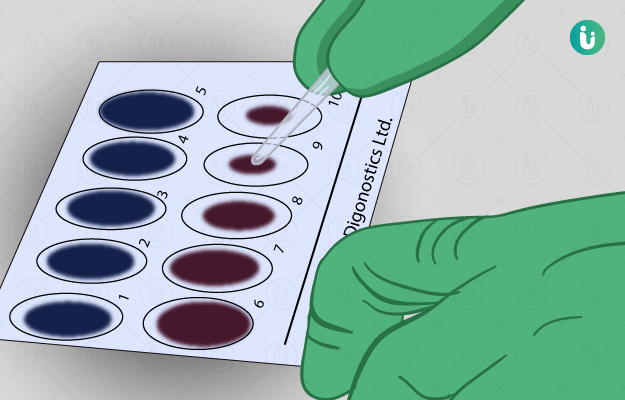What is Widal test?
Widal test is one of the oldest tests devised for the diagnosis of typhoid fever, an enteric disease caused by the bacteria Salmonella typhi.
It checks for the presence of anti-typhoid antibodies in the blood of a patient. Antibodies are specific proteins that our body produces against invading pathogens.
For the test, a patient's blood samples are taken about 10 to 14 days apart (to notice changes in antibody levels in acute and convalescent sera). The samples are then exposed to S. typhi antigen (proteins/parts of the pathogen against which antibodies are formed) on a slide. Two types of S. tyhphi antigens are used for Widal test. These include:
- O or somatic antigen: Present in the cell wall of the S. typhi, O antigen is less immunogenic (less antibodies are formed against it in the body)
- H or flagellar antigen: Present in the flagella (tiny thread or hair like structures that help bacteria move), H antigen is highly immunogenic.
If the patient's sample has antibodies against either of these antigens, agglutination (visible clumping) would be seen on the slide. A four-fold rise in antibodies in the second sample (apparent through more pronounced agglutination) would indicate the presence of S.typhi in the body.
It is important to note that Widal test does not differentiate between various types of enteric fevers and tends to give false-positive results, so, it is no longer used as a confirmatory test in most developed countries. Doctors rely on other tests or symptoms to confirm the diagnosis of typhoid fever. However, in many developing countries, due to lack of resources, Widal still remains the test of choice for typhoid fever.
































